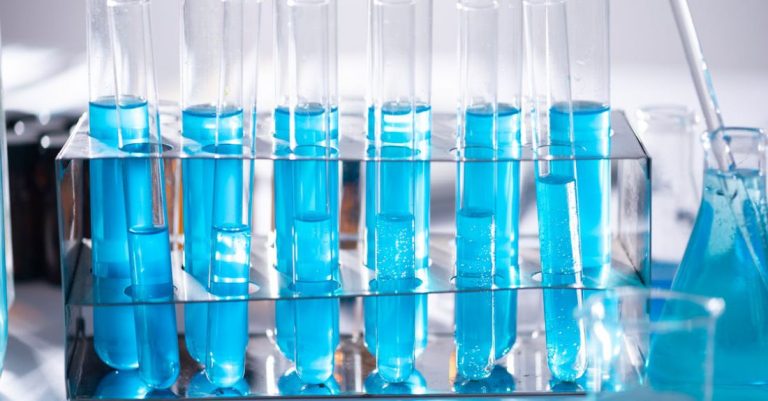
Scientists and researchers across various disciplines are constantly seeking ways to enhance their understanding of complex systems by integrating computational models with experimental data. This integration allows for a more comprehensive view of the phenomena under investigation, leading to better predictions, insights, and discoveries. In this article, we will delve into the strategies and best practices for seamlessly merging computational models with experimental data to drive scientific progress.
**Understanding the Basics**
Before delving into the integration process, it is crucial to grasp the fundamental concepts of computational modeling and experimental data. Computational models are mathematical representations of real-world systems that aim to simulate and predict their behavior under different conditions. On the other hand, experimental data are observations and measurements obtained through empirical studies conducted in controlled settings or real-world scenarios.
**Choosing the Right Model**
The first step in integrating computational models with experimental data is selecting an appropriate model that accurately reflects the underlying system. The model should be based on sound theoretical principles and validated using experimental data to ensure its reliability. Different types of models, such as mathematical, statistical, or machine learning models, can be employed depending on the nature of the system and the research objectives.
**Data Preprocessing**
Once the model is chosen, the next step involves preprocessing the experimental data to make it compatible with the computational framework. This may include cleaning the data to remove noise or outliers, normalizing the data to a consistent scale, and transforming the data into a format suitable for model input. Proper data preprocessing is essential for ensuring the accuracy and reliability of the integrated model.
**Calibration and Validation**
Calibrating the computational model involves adjusting its parameters to fit the experimental data and fine-tuning its performance. Validation, on the other hand, involves testing the model’s predictive capabilities against new experimental data that were not used during the calibration process. Calibration and validation are iterative processes that aim to optimize the model’s accuracy and generalizability.
**Model Integration**
Once the model is calibrated and validated, the next step is to integrate it with the experimental data to generate meaningful insights and predictions. This integration involves feeding the experimental data into the model, running simulations or analyses, and comparing the model outputs with the actual observations. By iteratively refining the model based on the experimental data, researchers can improve its predictive power and gain a deeper understanding of the underlying system.
**Iterative Feedback Loop**
Integrating computational models with experimental data is not a one-time process but rather an iterative feedback loop that requires continuous refinement and validation. Researchers should regularly update the model with new experimental data, reassess its performance, and make adjustments as needed. This feedback loop ensures that the integrated model remains accurate and up-to-date, reflecting the latest insights and findings.
**Challenges and Considerations**
Despite the benefits of integrating computational models with experimental data, several challenges and considerations need to be addressed. These may include data compatibility issues, model complexity, computational resources, and the need for interdisciplinary collaboration. Overcoming these challenges requires a multidisciplinary approach, clear communication, and a willingness to adapt and learn from the integration process.
**Maximizing the Impact**
In conclusion, integrating computational models with experimental data holds great potential for advancing scientific knowledge and driving innovation. By following the strategies outlined in this article and embracing the iterative nature of the integration process, researchers can maximize the impact of their work and uncover new insights into complex systems. The key lies in selecting the right model, preprocessing the data effectively, calibrating and validating the model, and maintaining a continuous feedback loop to refine the integrated model over time. By bridging the gap between theory and practice, researchers can unlock the full potential of computational modeling and experimental data integration.





